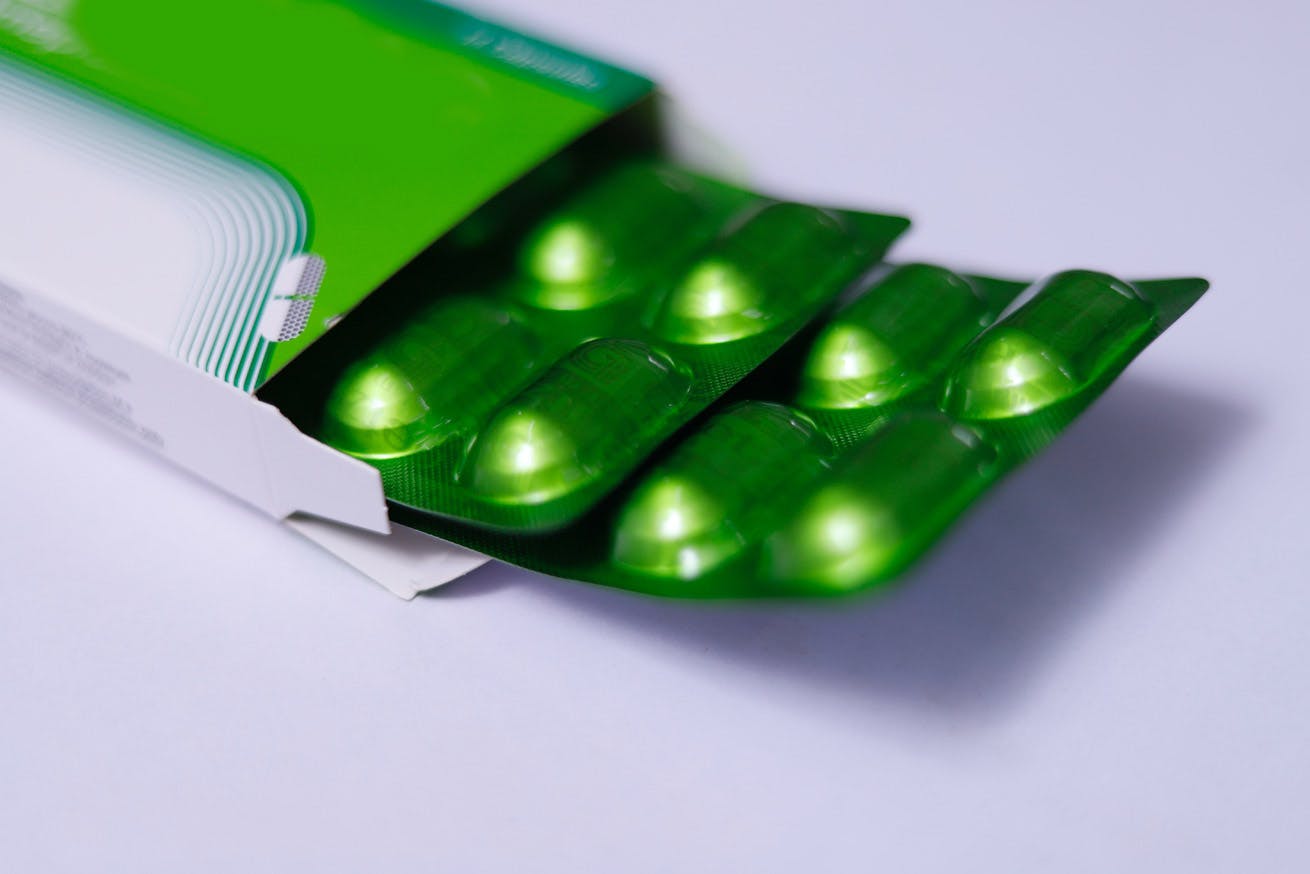Bile reflux and non-acidic reflux
In the blog below RefluxUK Medical Director and Reflux Surgeon, Mr Nick Boyle, talks about bile reflux and non-acidic reflux.


Written by Mr Nick Boyle
We very often get asked about “bile reflux” and “non-acidic reflux”. It’s a source of a great deal of confusion among both patients and some doctors alike. So what are they?
Non-acidic & bile reflux symptoms, testing & treatment
The first concept that must be grasped is that reflux is not always just caused by acid; literally all reflux is not the same!
Historically it had always been assumed that this must be the case as of course the stomach produces hydrochloric acid which is highly corrosive. While the stomach is designed to cope with this acid the delicate tissues lining the oesophagus, throat and lungs are not and so when the valve at the bottom of the oesophagus fails they are often exposed to acid, causing reflux symptoms. Until recently the only tests available in patients thought to have reflux, measured acid using the pH scale in the oesophagus and consequently reflux came to be defined to a large extent by these measurements. Failure to record increased acid levels in the oesophagus is even now often assumed to mean that there is no reflux and patients are frequently turned down for anti-reflux procedures on this basis. Furthermore the majority of treatments for reflux are aimed at neutralising or stopping acid production, which in patients with non-acidic reflux usually will not work. Failure to respond to a PPI such as Omeprazole does not mean that reflux cannot be responsible; another often falsely held assumption.
However, in the 1990’s researchers began to wonder if perhaps there were other substances coming up from the stomach involved in causing reflux symptoms who didn’t seem to respond to antacid medication. Since bile is often found in the stomach and sometimes seen during endoscopy in the oesophagus and itself can also be corrosive this was seen as the likely culprit (causing the patient these bile reflux symptoms). Tests were developed to specifically measure bile but studies didn’t show that these could reliably identify elevated levels in reflux patients.
Since then more sophisticated tests have been developed which measure not just bile but all non-acidic reflux. Using this impedance testing we can now identify patients who have acid reflux but also non-acidic reflux and often associate their symptoms with non-acidic reflux events recorded at the top as well as the bottom of the oesophagus. We don’t know for sure but it’s probably a mixture of bile and enzymes that are responsible, especially pepsin, which is highly corrosive, that causes symptoms. Although not yet available, research is under way to develop accurate tests to measure pepsin. These symptoms can be identical to those experienced by patients with acid reflux but can often be more concentrated in the throat in the absence of “classical” heartburn or chest pain symptoms. This is often referred to as “LPR”. The bad news is that for obvious reasons antacid medications often fail to help in patients with LPR caused by non-acidic reflux although alginates such as Gaviscon can be useful.
The good news is that using the right tools we can often make the diagnosis of non-acidic reflux and offer help. For instance, we often find that Small Intestinal Bacterial Overgrowth is associated with LPR symptoms and will respond to treatment. Other patients will benefit from surgery. There are published studies demonstrating that in the right patients with non-acidic reflux, anti-reflux operations will be successful, often resolving their symptoms. This is certainly our experience with both fundoplication and LINX®️ and while we’re always more cautious in patients who have non-acidic rather than acid reflux, we will often offer surgery.
Acidic or non-acidic. Bile or Acid. Pepsin or bile. We should move away from these non-specific terms and remember that GERD includes all of these sub-types and continue to work hard to identify and treat the cause.




